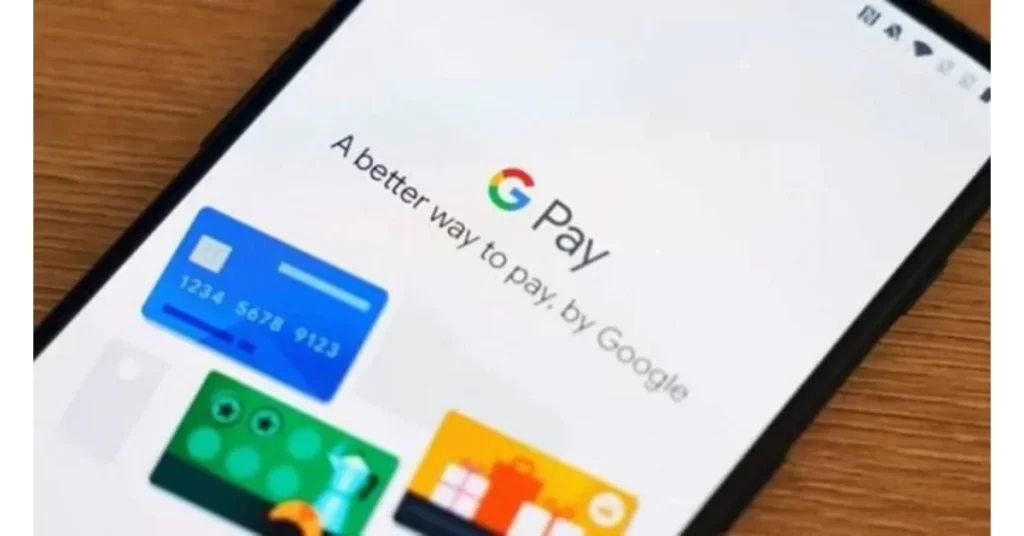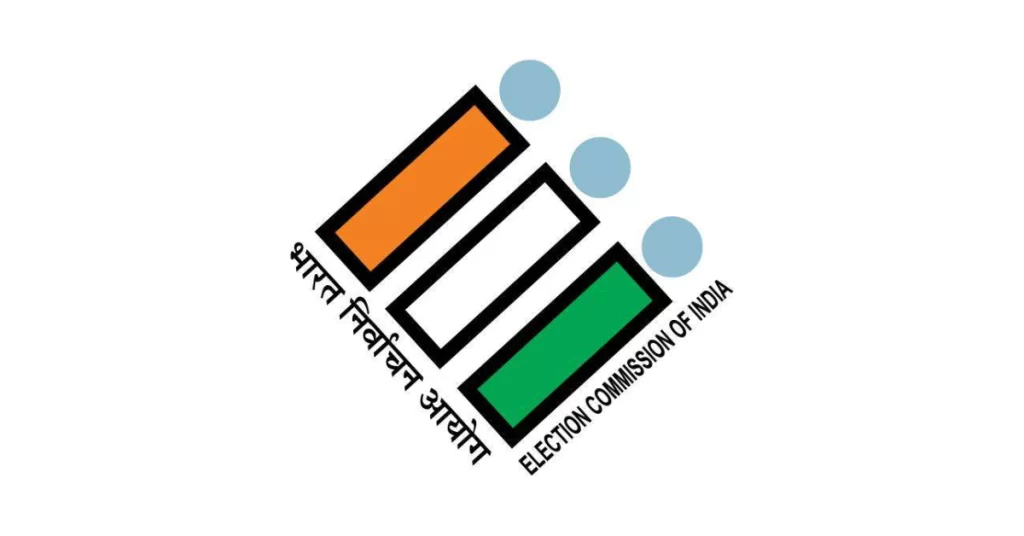In this emerging digital landscape of India, convenience has become very easy and at fingertips but with a risk. With the growth in popularity of digital payment platforms like Google Pay, PhonePe, PayTM and others, there has been a concerning rise in scams targeting unsuspecting users. These scams, ranging from phishing attempts to QR code fraud, pose significant threats to individuals’ financial security. Understanding the nature of these scams, their implications, and how to protect oneself is very important in today’s digital age. So to shed light on this issue, let’s delve into the main root of the problem, explore a real-life case study, and discuss practical solutions.
Digital payment scams in India have become increasingly sophisticated, preying on the trust and reliance users place on these platforms. From fake customer service calls requesting sensitive information to fraudulent QR codes redirecting payments, the methods employed by scammers are almost the same but still ever-evolving. Keeping in mind this landscape, users must be aware and educated about it to protect their hard-earned money.
In a shocking incident, Harshita Kejriwal, daughter of Delhi’s Chief Minister Arvind Kejriwal, fell victim to an OLX payment scam in 2019. While attempting to sell furniture on the popular platform, she encountered scammers who duped her into transferring funds under false pretenses. This real-life example underscores the urgency of addressing digital payment scams and the devastating impact they can have on unsuspecting individuals.
Fraudsters exploit the popularity of Google Pay, deceiving users into sharing their account details and OTPs, resulting in financial losses. Similar to Google Pay, scammers target PhonePe users through deceptive tactics, leading to significant financial harm. This has led to increasing numbers of the scams occurring in different states across the country.
Protecting oneself from digital payment scams requires an approach and adherence to best practices in online security. Below are some actionable steps to keep in mind to safeguard your finances:
- Education and Awareness: Empower yourself with knowledge about common scam techniques and red flags to watch out for. Stay updated on security measures provided by payment platforms. Sources like Youtube, Online Articles, Blogs can help increase awareness.
- Vigilance in Transactions: Exercise caution when engaging in transactions online. Verify the legitimacy of buyers or sellers, and refrain from sharing sensitive information unless absolutely necessary. Never share your OTP, or your ATM PIN, Account Details, or click any link unnecessarily.
- Enhanced Security Measures: Leverage the security features offered by digital payment platforms, such as two-factor authentication (2FA) and transaction alerts. These additional layers of protection can help avoid fraudulent attempts.
- Reporting Suspicious Activity: Promptly report any suspicious activity or encounters with potential scammers to the relevant authorities and the platform’s customer support. By doing so, you contribute to the collective effort in combating digital fraud.
As digital payment methods continue to gain popularity in India, it’s essential to remain vigilant against the growing threat of scams and fraudulent activities. By staying informed of emerging threats, adopting proactive security measures, and learning from real-life incidents like Harshita Kejriwal, users can safeguard their finances and contribute to a safer digital ecosystem.
- Neeharika Rajbhar




